Jul 01, 2025
A safety valve is a type of passive control valve that relies on the fluid's own pressure or action to open and close.Passive control means Safety valve is a critical safety device designed to automatically release pressure from a system when the internal pressure exceeds a preset limit. It serves as the last line of defense in pressurized systems, preventing equipment damage, system failure, or catastrophic explosions caused by overpressure.
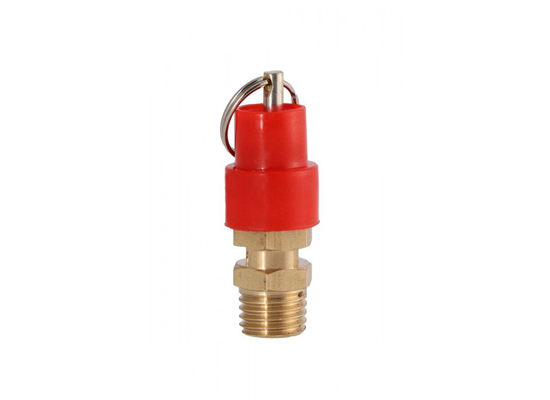
A safety valve is a type of passive control valve that relies on the fluid's own pressure or action to open and close.It has many advantages as follows:
Overpressure Protection
Automatically releases pressure when it exceeds the set limit, preventing equipment damage or explosions.
Reliable and Autonomous Operation
Operates independently without requiring external power or control signals.
Simple and Robust Design
Fewer moving parts ensure high reliability and low maintenance requirements.
Fast Response Time
Instantaneous pressure relief minimizes system risks.
Cost-Effective Safety Solution
Prevents costly downtime, repairs, and safety incidents.
A safety valve is a type of passive control valve that relies on the fluid's own pressure or action to open and close.It can demonstrate advantages in the following application scenarios:
Boilers and Pressure Vessels
Protects against overpressure in steam boilers, autoclaves, and storage tanks.
Oil and Gas Industry
Used in pipelines, separators, and compressors to prevent pressure buildup.
Chemical and Petrochemical Plants
Safeguards reactors, heat exchangers, and processing equipment.
Power Generation
Ensures turbine, boiler, and auxiliary system safety in power plants.
Water and Wastewater Systems
Prevents overpressure in pump systems, filtration units, and storage tanks.
Pharmaceutical and Food Industry
Ensures pressure stability in sanitary and hygienic systems.
Fire Protection Systems
Used to control pressure in fire suppression pipelines and systems.
A safety valve is a type of passive control valve that relies on the fluid's own pressure or action to open and close.Here is an introduction to its specific workflow:
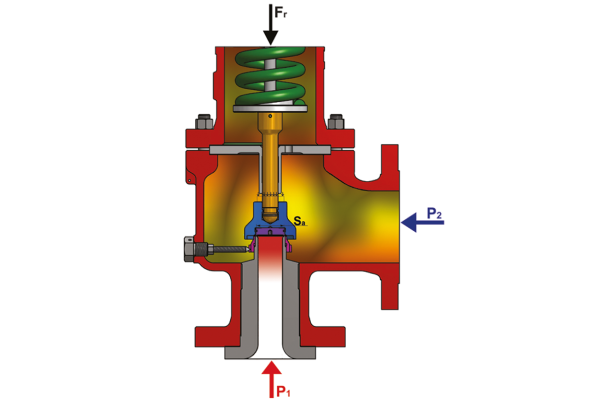
P1 represents the system pressure entering the valve, acting on the lower surface area.
When the system pressure P1 is below the set value, the spring force Fr is greater than the fluid pressure force (P1 ×
You May Interest In
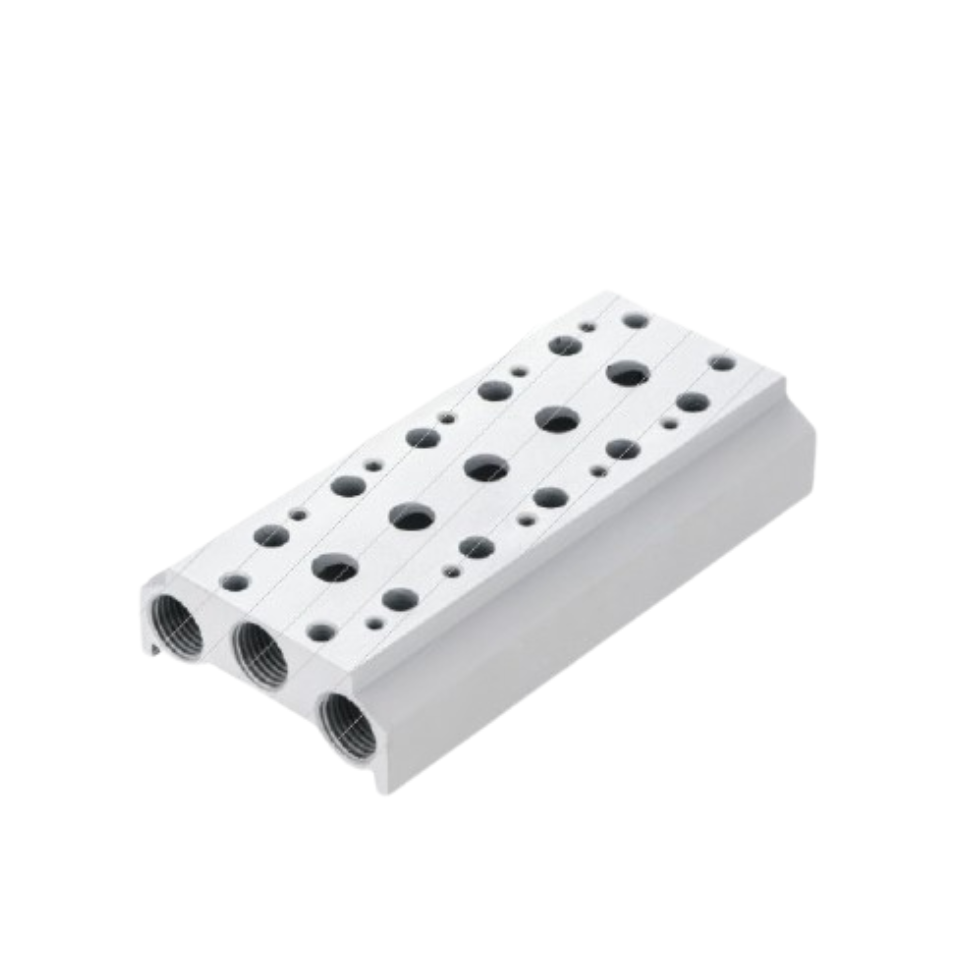
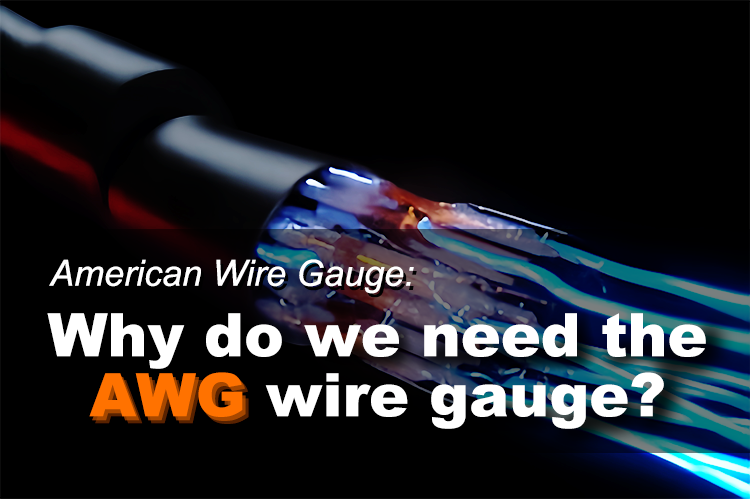
Jul 30, 2025 Blog
AWG:Why do We Need the American Wire Gauge?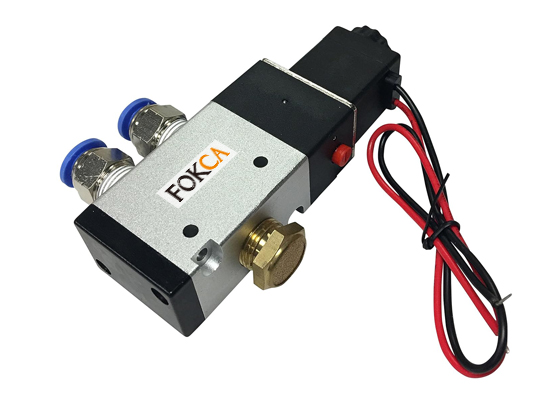
Jul 28, 2025 Blog
How to check air solenoid valve?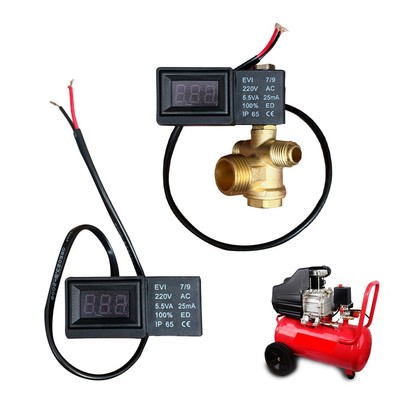
Jul 24, 2025 Blog
How to check the solenoid valve?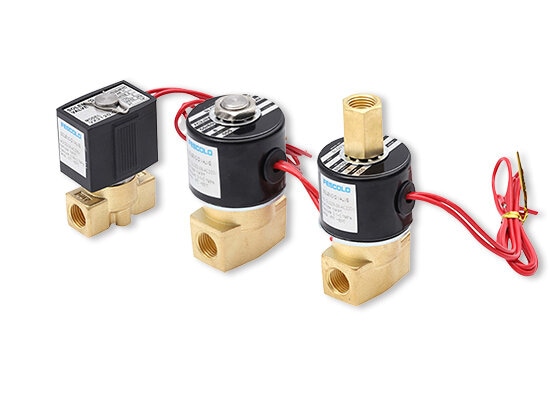
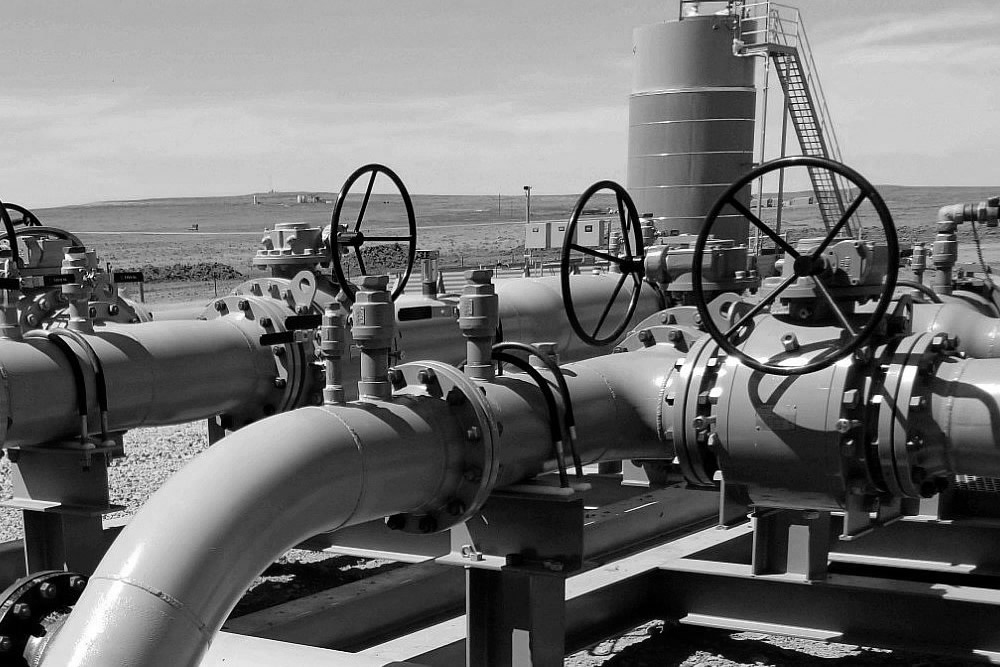
Apr 22, 2025 Blog
Pneumatic Globe Control Valve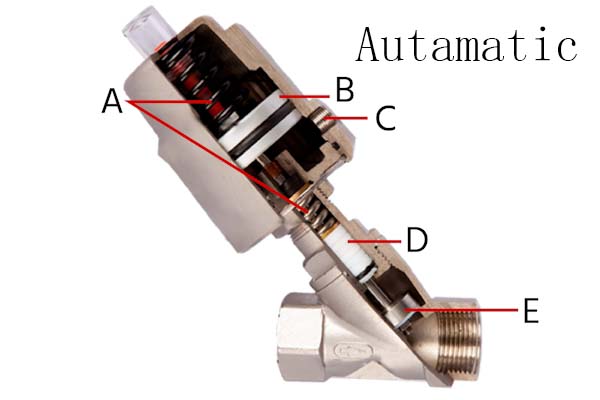
Apr 16, 2025 Blog
A Guide to Understand Angle Seat Valve
Apr 10, 2025 Blog
Limit Switches in Valve Control SystemsFOKCA ©1998-2025 All Rights Reserved Sitemap